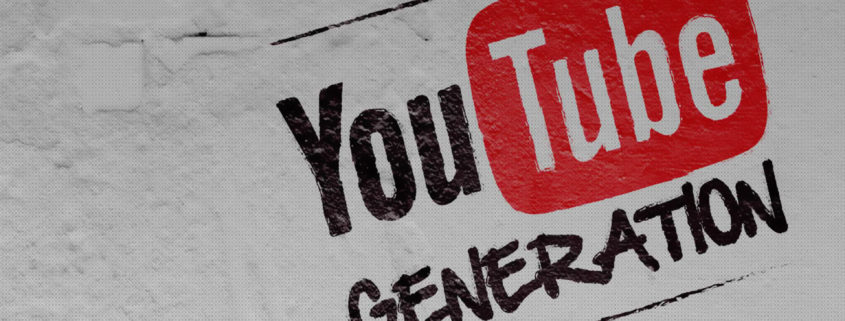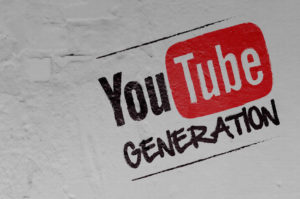Getting Into Vlogging – Part 2
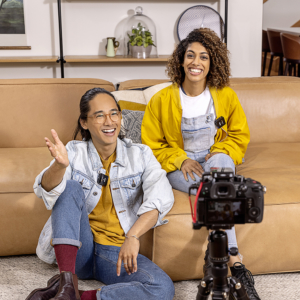 In Part One of the series on vlogging I shared a recommendation for a camera: the Sony ZV-1. Obviously this is the centerpiece of any vlogging configuration. Getting good clear video is important. However, a great case could be made that the audio of a vlog is of equal importance…perhaps even more important. Viewers will quickly move on from a video they can’t hear clearly. While the Sony ZV-1 has a good microphone, it will vary depending on conditions (wind, background noise, ventilation, etc.). The best way to insure the cleanest audio capture is through a dedicated microphone, and in the world of vlogging, that means a wireless microphone. The good news is there are a lot of excellent choices out there at various price points.
In Part One of the series on vlogging I shared a recommendation for a camera: the Sony ZV-1. Obviously this is the centerpiece of any vlogging configuration. Getting good clear video is important. However, a great case could be made that the audio of a vlog is of equal importance…perhaps even more important. Viewers will quickly move on from a video they can’t hear clearly. While the Sony ZV-1 has a good microphone, it will vary depending on conditions (wind, background noise, ventilation, etc.). The best way to insure the cleanest audio capture is through a dedicated microphone, and in the world of vlogging, that means a wireless microphone. The good news is there are a lot of excellent choices out there at various price points.
Microphone Kit
Goal
To have a microphone setup that is easy to use, captures audio at the source (i.e. very close to the speakers mouth), and is wireless to allow disconnected movement. The battery life should be sufficient for at least an hour of uninterrupted use, send audio to the video source, but also record it as a standalone mp3 file.
RODE Wireless Go II (my recommendation)
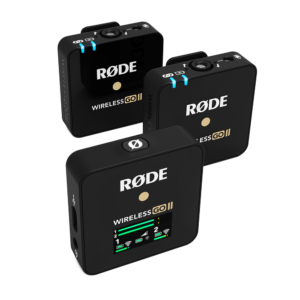
The RODE Wireless Go II is a dual channel wireless microphone system. It comes with one receiver that can be attached to the hot/cold shoe mount on the Sony ZV-1, and two transmitters with wind screens which can be clipped to a shirt collar. It’s key features (from their website) include:
- Dual channel wireless microphone system for recording two sound sources simultaneously
- Series IV 2.4GHz digital transmission, 128-bit encryption – crystal-clear audio at up to 200m (line of sight), optimized for extremely stable operation in dense RF environments
- 3.5mm TRS analog output, USB-C and iOS digital output – universal compatibility with cameras, mobile devices and computers
- On-board recording – over 40 hours of internal memory
- Option to record each channel separately or combine them for ultimate flexibility in post-production
- In-built rechargeable lithium-ion battery – up to 7 hours battery life
After using the product for a little while now, I’d note the following pluses and minuses:
Positives:
- Very small and compact. It can be carried in a pocket or purse.
- Great audio quality, especially when paired with a Lavalier mic. I’d suggest the RODE SmartLav
- Having the audio sent back to receiver and recorded on the transmitter as well is a real life saver and allows you to get out of range of the receiver and still capture audio.
- There is a “safety channel” which records at -20dB in case you main audio clips, so you have a usable recording despite the wrong gain on capture.
- Can be used with most cameras and even smart phones with the write adapters.
Negatives:
- A little pricey. Currently about $300 on Adorama.
- When clipping on a shirt collar it is very obvious, especially with the windscreen. It also has rather bright status lights on the front, making it even more obvious.
- Uses micro usb to charge. A small nit pick, but it would be nice it if had USB-C.
All in all, this is an excellent solution for anybody who wants to regularly vlog and capture consistently great audio.
Watch for a video review soon.
Next time we’ll address post production video software options.

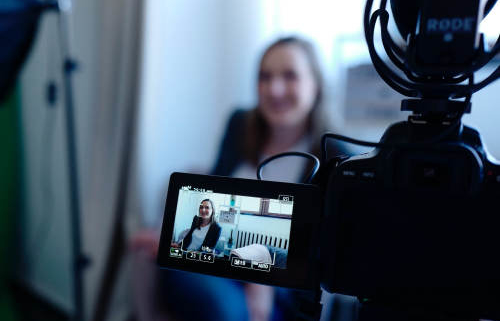
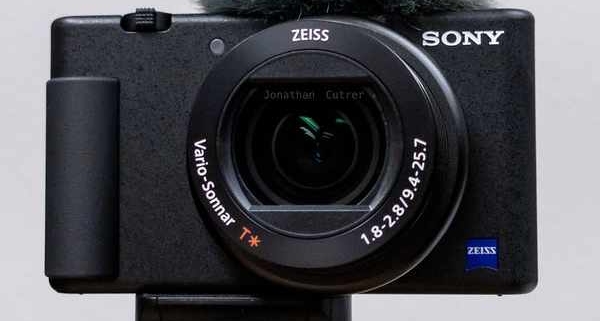
 Vlogging is the act of creating and adding content to a “vlog” or “video blog” (think YouTube). Vlogging a term often used by content creators on YouTube, or “YouTubers” when talking about their craft. The advent of good quality video cameras on phones, like the iPhone, has launched a generation of videographers eager to use the internet to get their message out there. At last count nearly 500 hours of video are uploaded to YouTube EVERY MINUTE!
Vlogging is the act of creating and adding content to a “vlog” or “video blog” (think YouTube). Vlogging a term often used by content creators on YouTube, or “YouTubers” when talking about their craft. The advent of good quality video cameras on phones, like the iPhone, has launched a generation of videographers eager to use the internet to get their message out there. At last count nearly 500 hours of video are uploaded to YouTube EVERY MINUTE!
